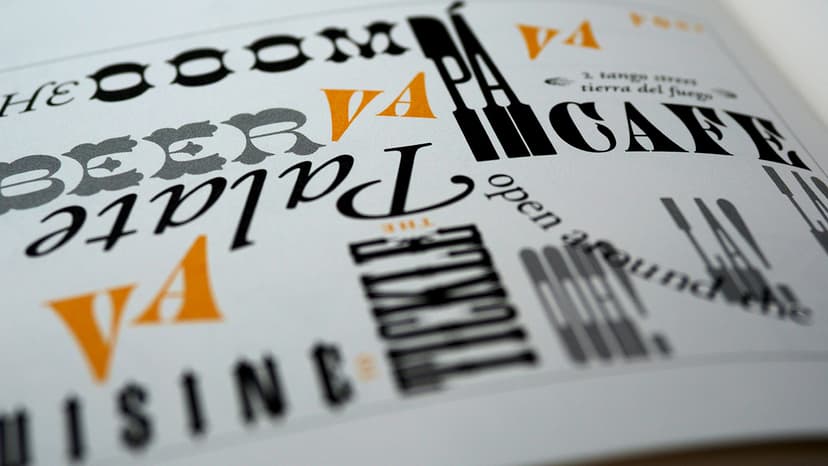How Can We Determine If Two Strings Are Close?
Determining whether two strings are close involves comparing their characters and the frequency of those characters. Two strings are considered close if you can transform one into the other using a series of operations like rearranging characters or swapping their frequencies. This concept is often discussed in coding interviews, particularly for roles that involve problem-solving skills.
What Makes Two Strings Close?
To determine if two strings are close, we need to consider the following criteria:
- Character Set: Both strings must contain the same unique characters.
- Frequency of Characters: The frequency of the characters in both strings can be rearranged to match each other. This means if one string has a certain number of 'a's, 'b's, etc., the second string can have the same count for each respective character, possibly in different order.
Let's break down how to check these criteria programmatically.
Sample Algorithm
- Count Frequencies: Utilize a frequency counter for both strings.
- Compare Character Sets: Check if both strings share the same characters.
- Compare Frequency Counts: Finally, ensure that the frequency counts (when sorted) are the same, which allows for rearrangement.
Example Interview Questions
-
Basic Understanding: "Can you explain what it means for two strings to be close?"
Answer: Two strings are close if they contain the same set of characters and the frequencies of those characters can be rearranged to match the other string. For example, "abc" and "bca" are close because each contains 'a', 'b', and 'c' with the same frequency.
-
Code Implementation: "Can you write a function to determine if two strings are close?"
Answer: Here's a simple Python function that checks if two strings are close.
Python -
Edge Cases: "What if the strings have different lengths?"
Answer: If the strings have different lengths, they cannot be close. Hence, the function should first check if the lengths are equal.
-
Complexity Concern: "What is the time complexity of your solution?"
Answer: The time complexity of the solution is O(n), where n is the length of the strings. This is because counting the frequencies of characters takes O(n) time. Sorting the frequency counts takes O(k log k), where k is the number of unique characters. Since k is at most 26 for the English alphabet, it is considered O(1) in this specific case.
-
Real-World Application: "Can you think of a real-world application for this?"
Answer: This concept could be applied in text analysis, for example, to determine if two sentences are anagrams or to check for potential plagiarism in documents by comparing the character frequencies of two texts.
Practical Example
Consider the strings "abcde" and "ecdab". The function we created checks the following:
- The lengths of both strings are equal (both are 5).
- The frequency count is:
- For "abcde": {'a': 1, 'b': 1, 'c': 1, 'd': 1, 'e': 1}
- For "ecdab": {'e': 1, 'c': 1, 'd': 1, 'a': 1, 'b': 1}
Both strings have the same character set, and their frequency counts match when sorted. Therefore, the function would return True indicating both strings are close.
This problem highlights how simple logic can solve more complex questions during interviews. Understanding and applying these concepts can demonstrate a strong foundation in coding and algorithmic thinking.












